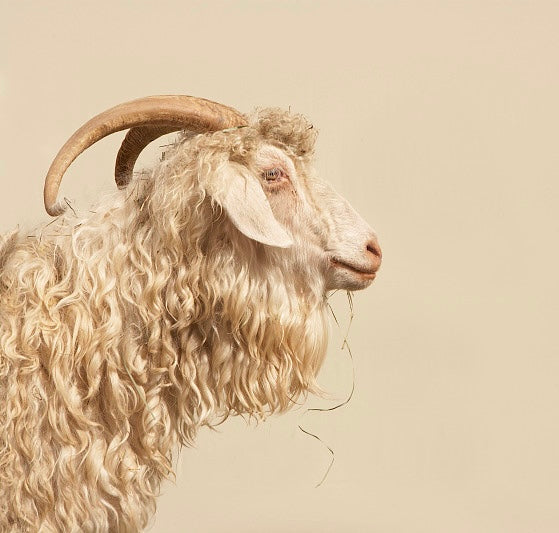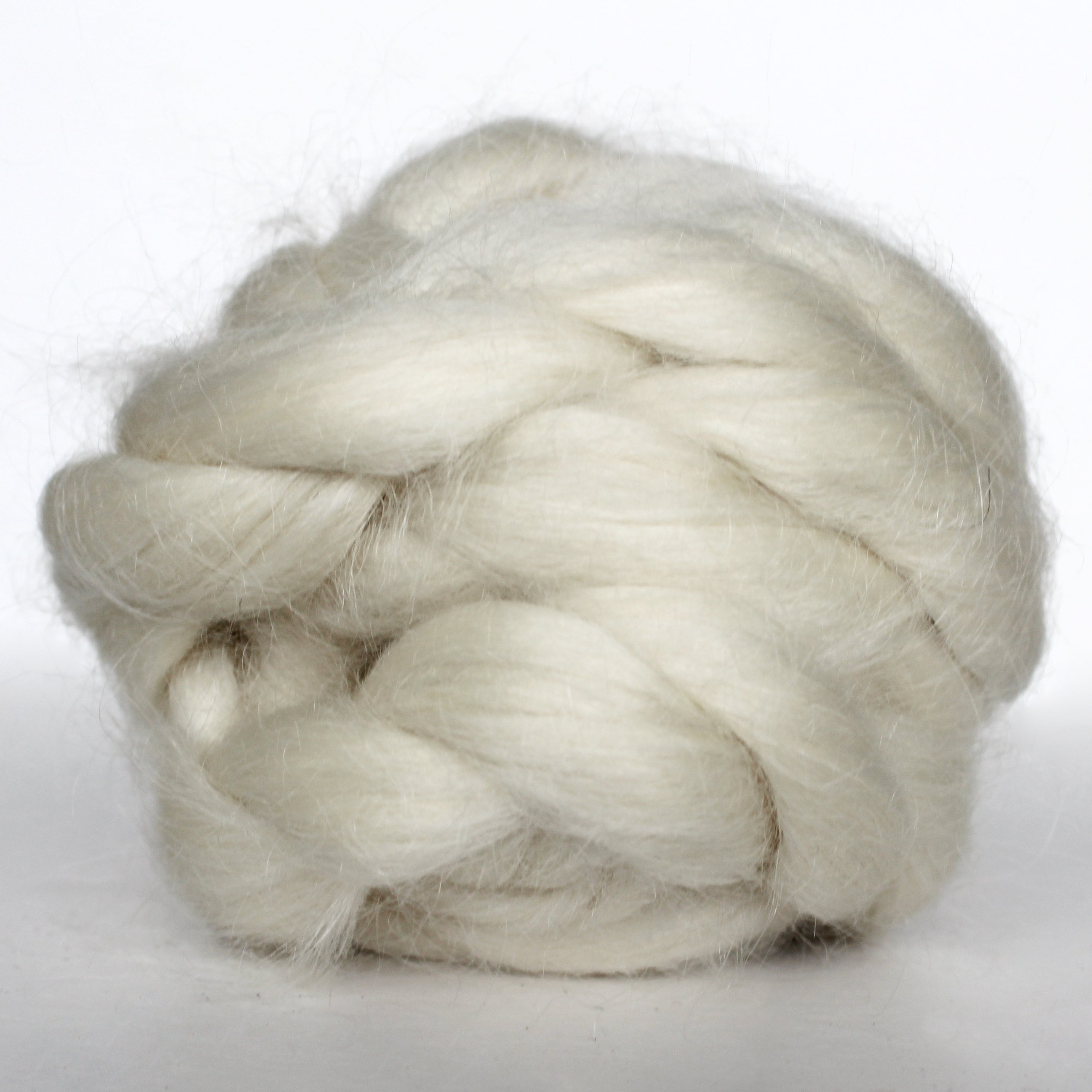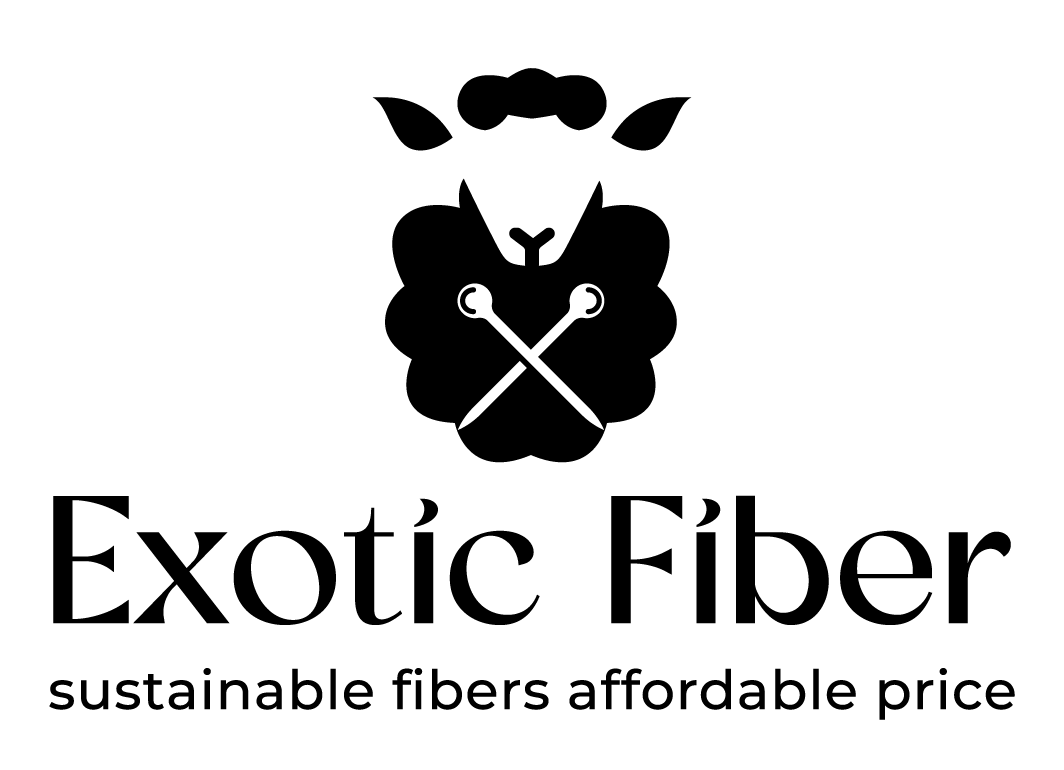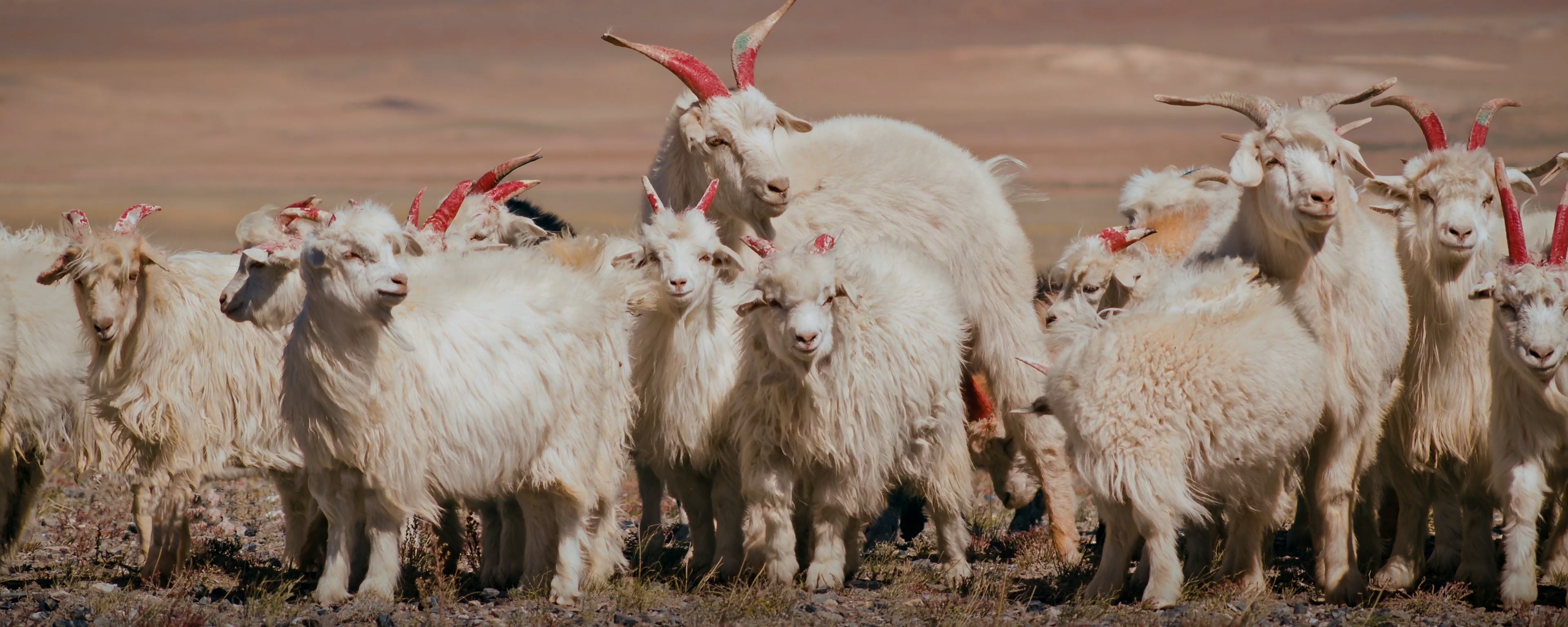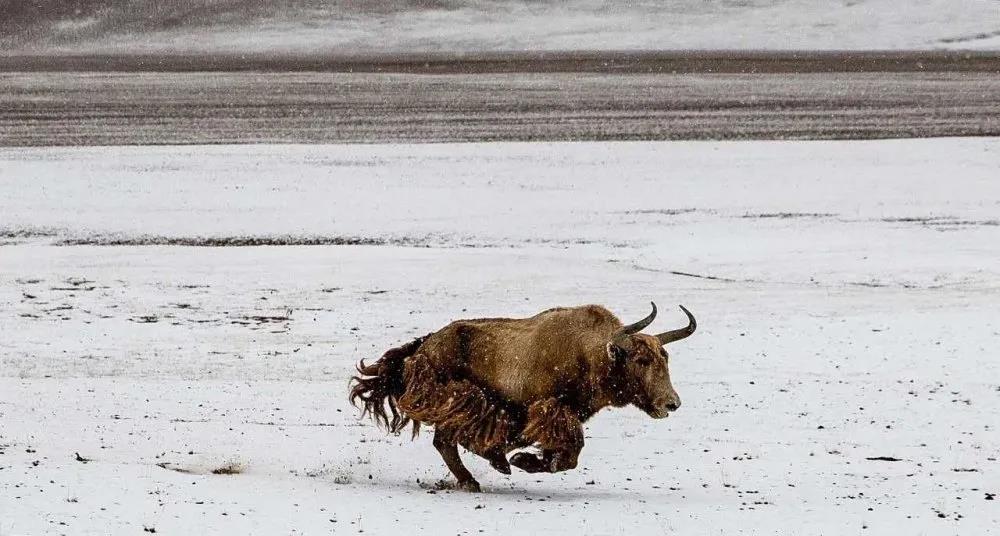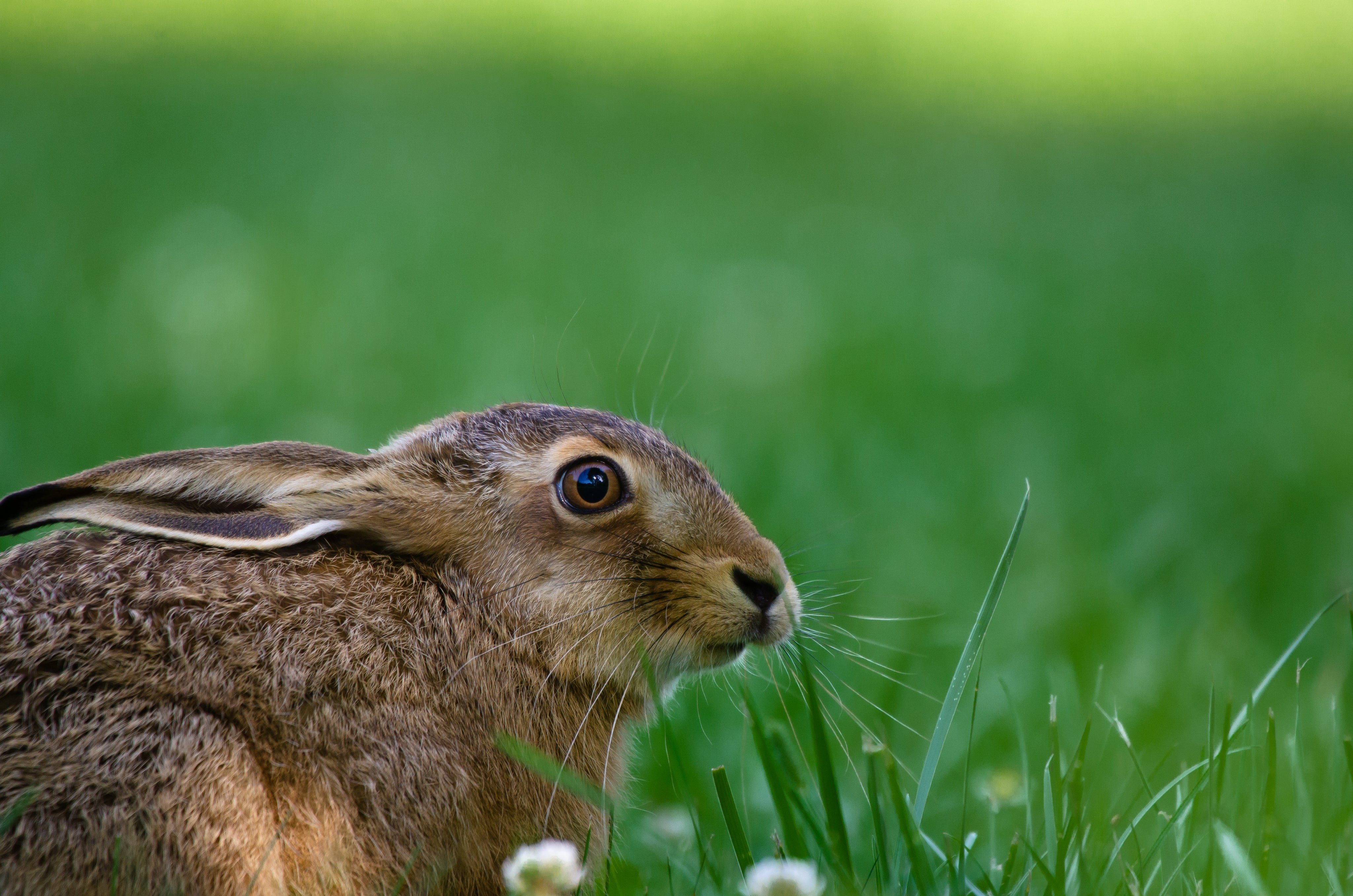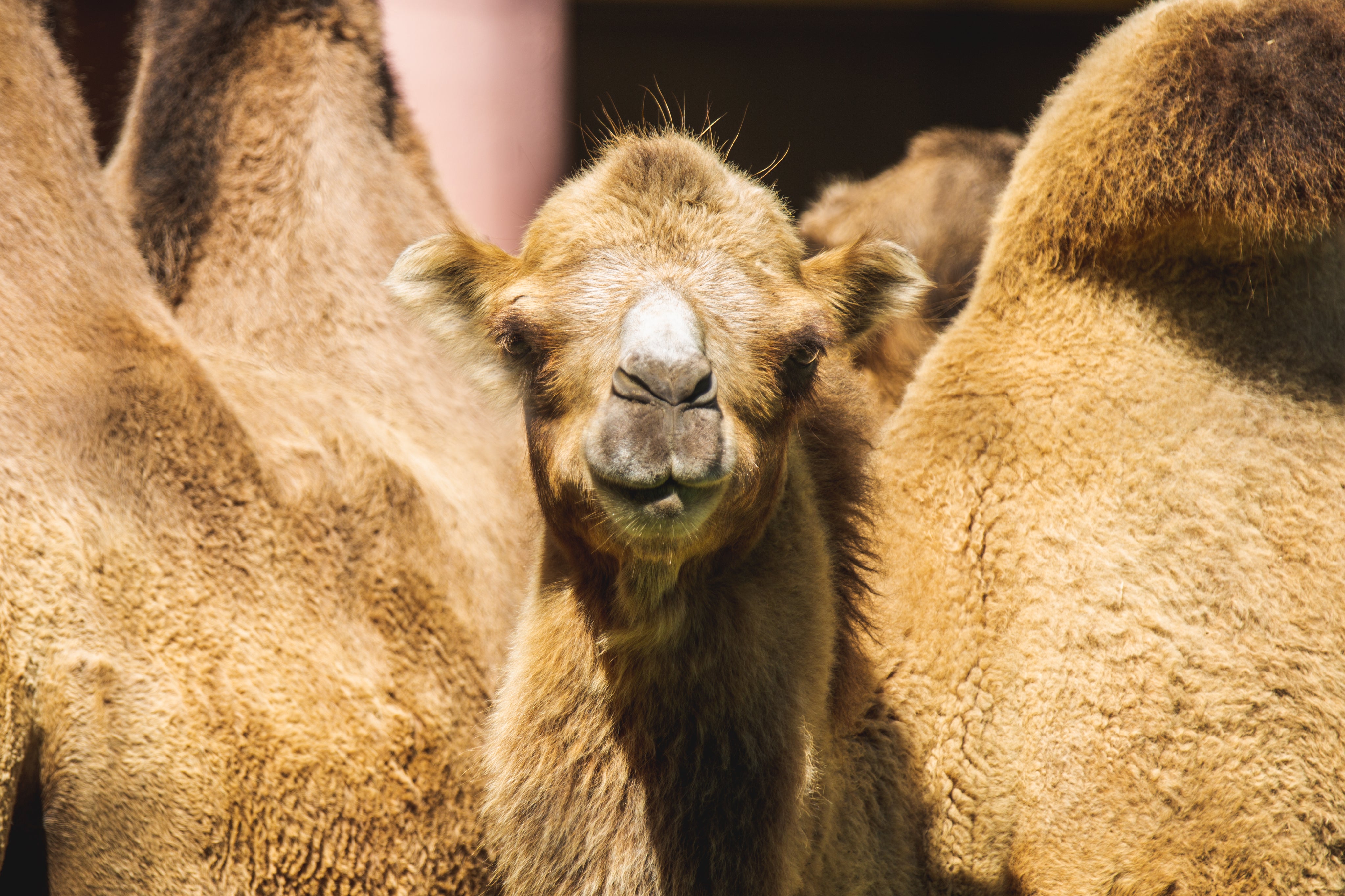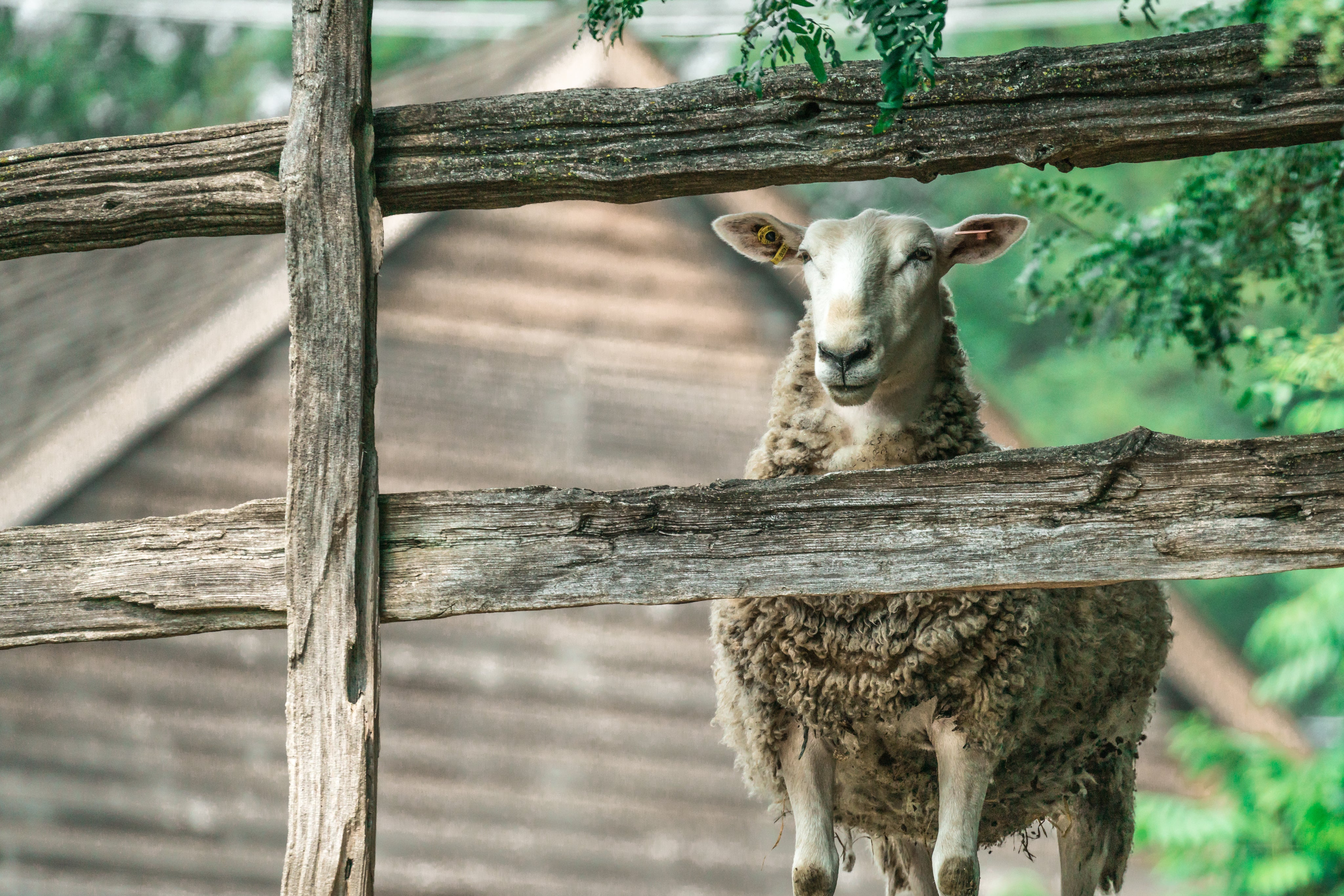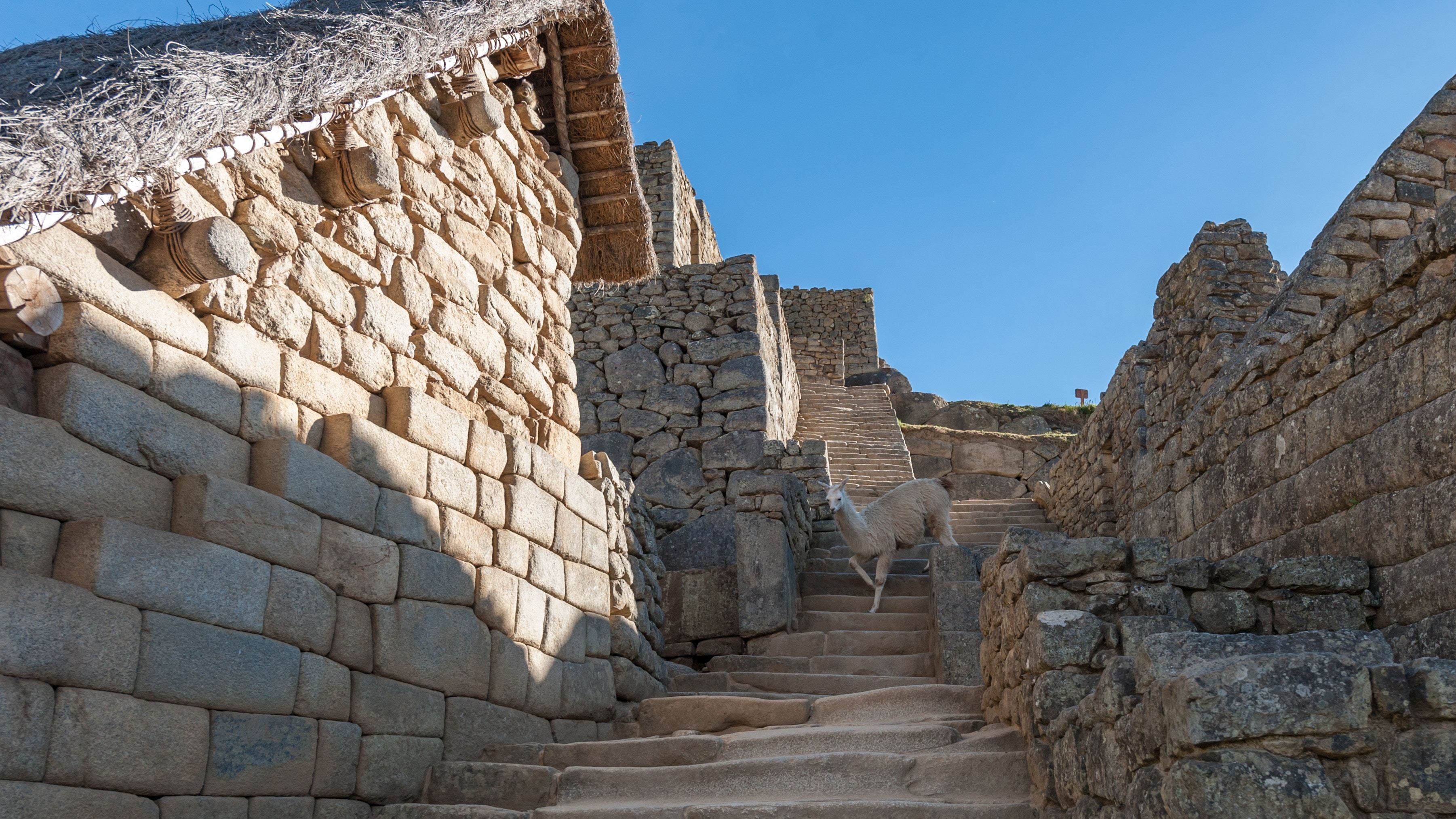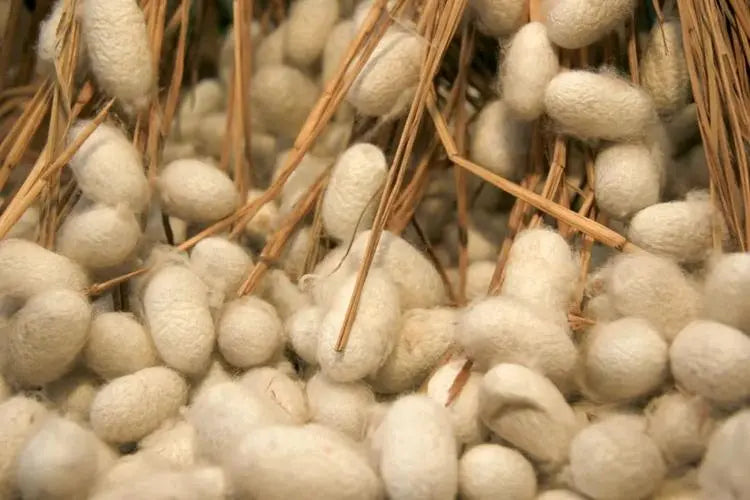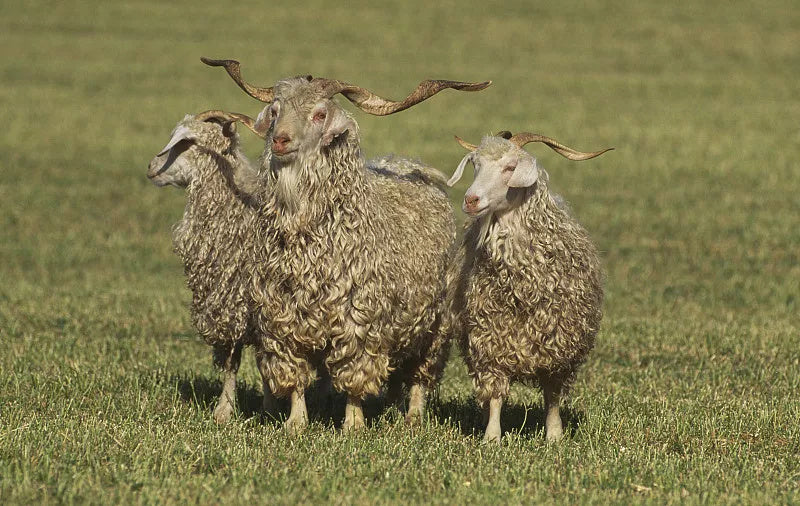Capra Hircus
CASHMERE
The Animal: The only source of true cashmere is the Kashmir goat (Capra hircus laniger), native to the Himalayas. Its fine undercoat hair is collected by either combing or shearing during the spring moulting season. After sorting and scouring, the fibres are cleaned of coarse outer hairs. Annual yield of underdown averages around 150 g per animal.
The Fiber: US standards set an average fiber diameter for cashmere of no more than 19 microns, and top quality fibre is just 14. It has natural crimp, allowing it to be spun into fine, lightweight fabrics. Cashmere has small air spaces between the fibers, which makes it warm without weight, while thin cuticle cells on the fiber surface make it smooth and lustrous.
Uses: Cashmere is luxurious, rare and expensive: spun and woven, the annual fibre production of six kashmir goats is enough to make just one cashmere sports jacket.
The fabric is widely used as cashmere sweaters because of its warmth and in babywear because of its softness. It is also used as blazers, coats, jackets and underwear. Pashmina is a type of cashmere, used mainly in scarves and shawls, produced in the valley of Kashmir. Coarser cashmere is used for rugs and carpets.
To protect their industries, cashmere manufacturers in Europe, North America and Japan are campaigning for stricter controls on the labeling of cashmere garments.
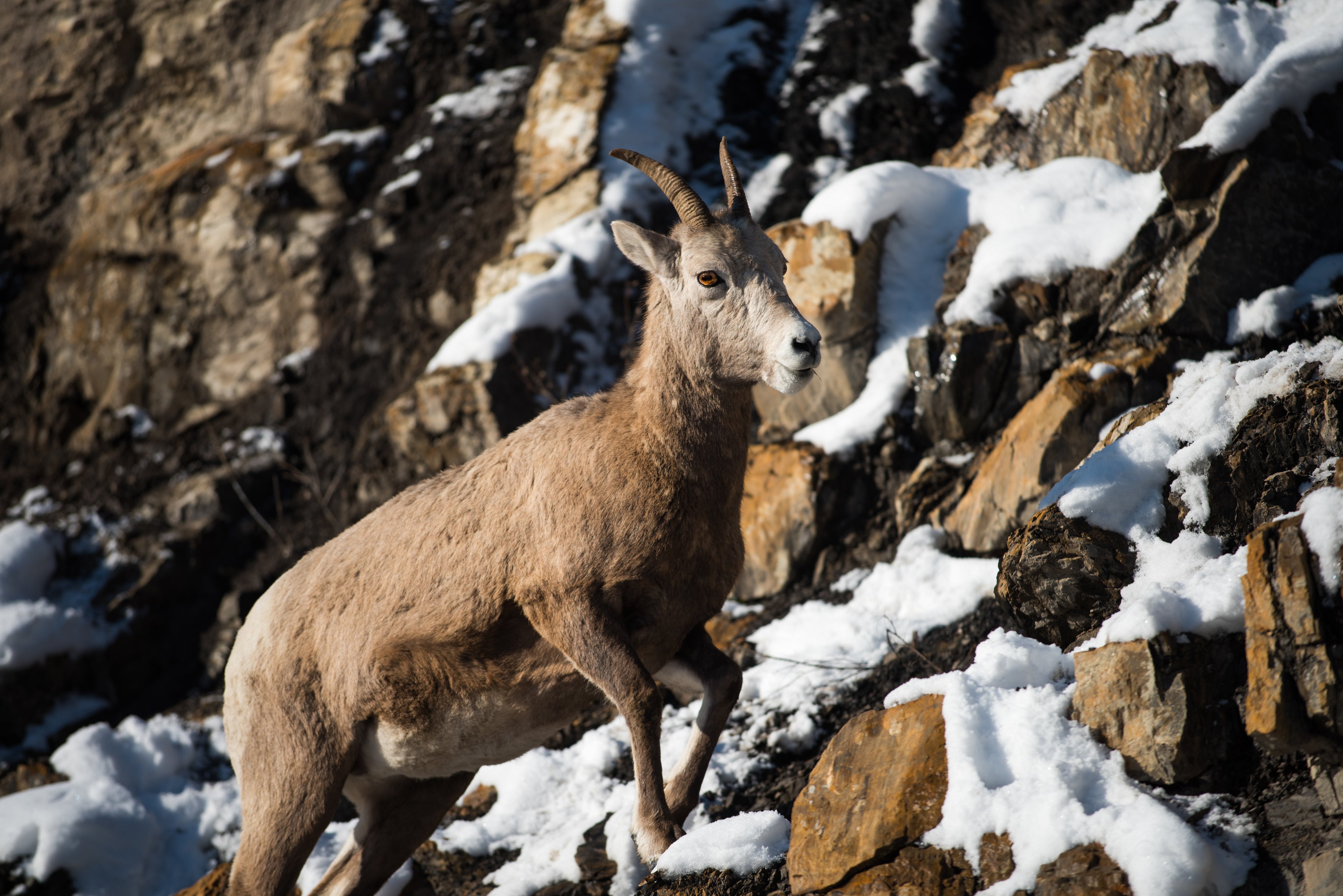
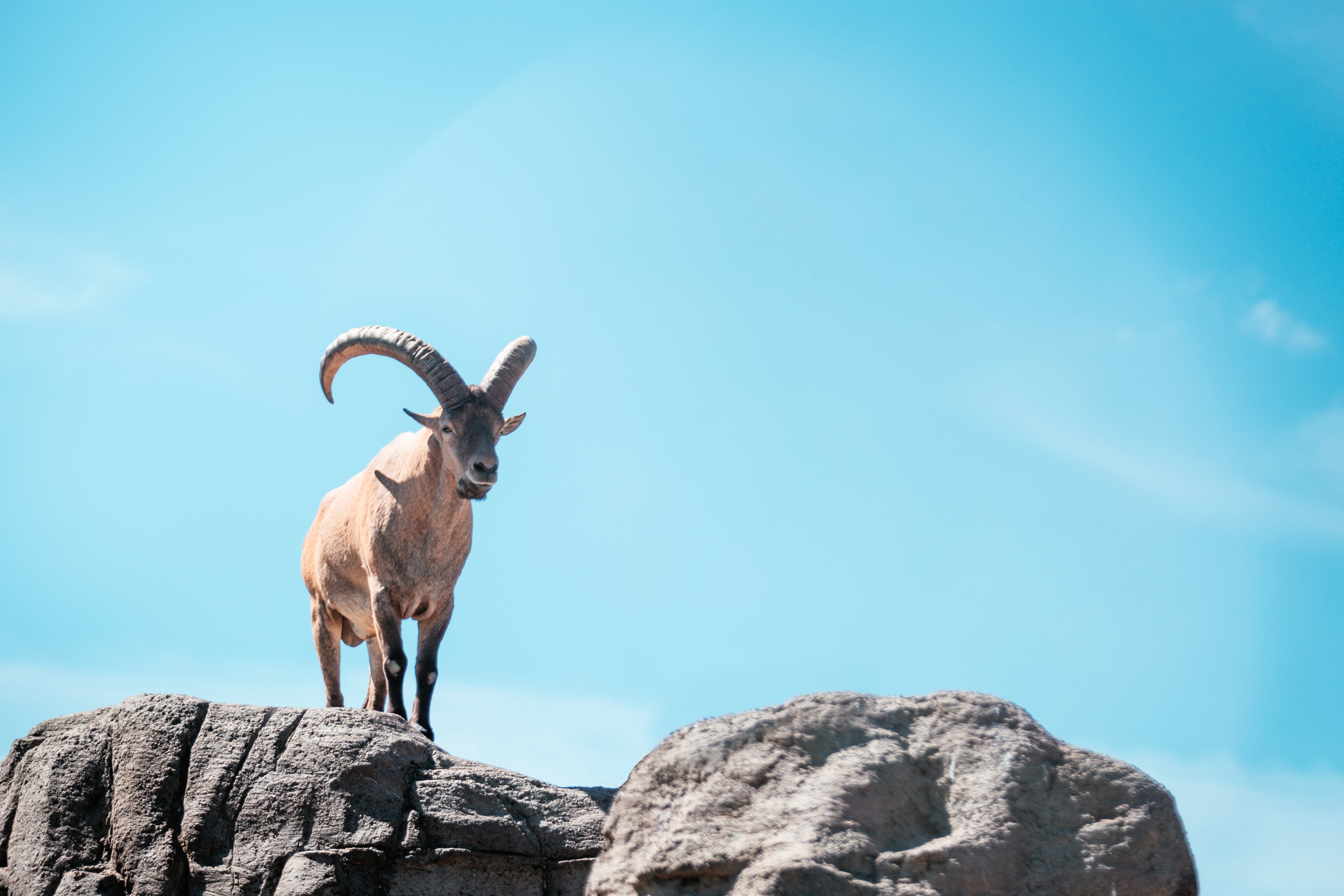
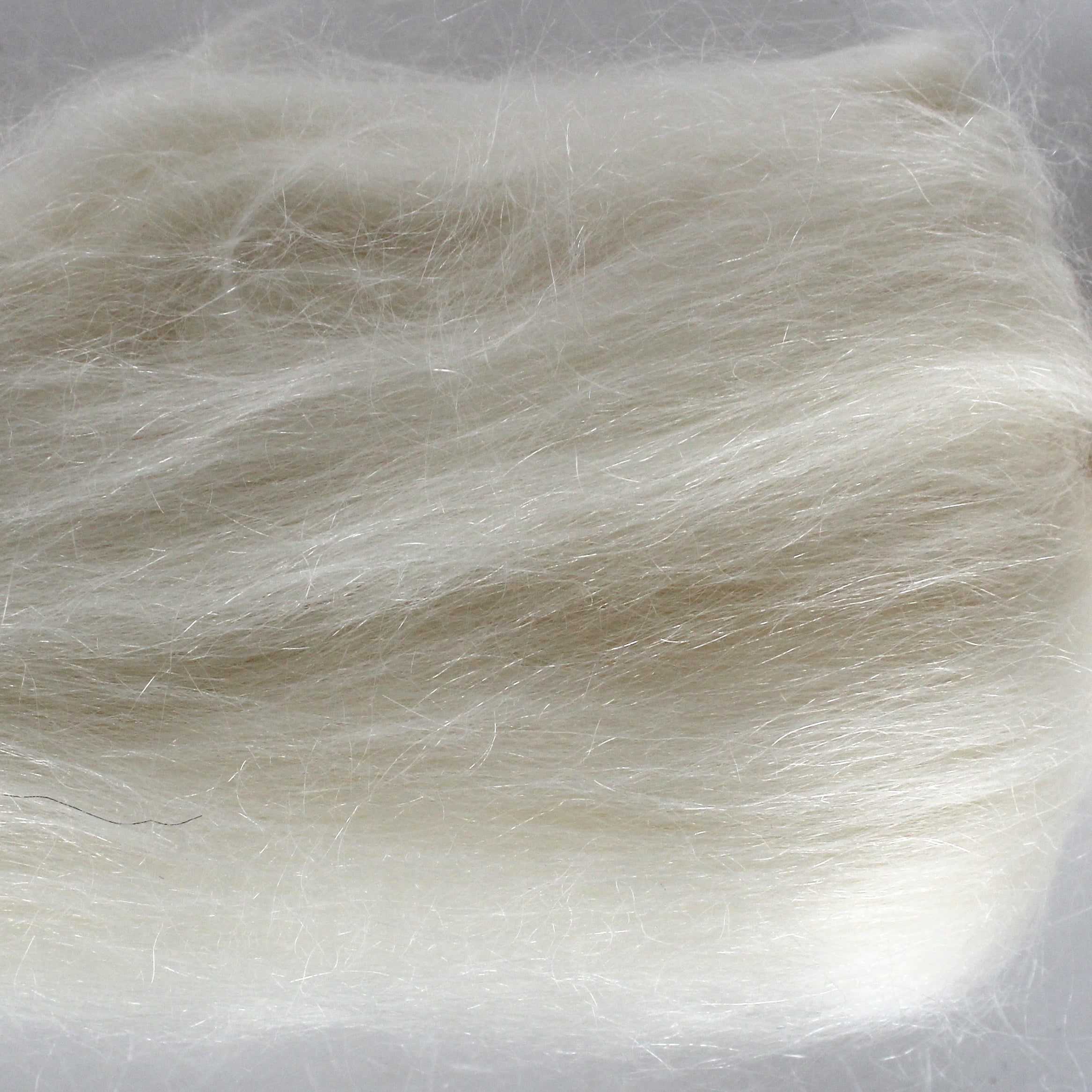
TIBET/QINGHAI
YAK
The Animal: The yak is known as the "boat of the plateau" and was once the most convenient, lowest-cost and reliable transportation tool for herdsmen. In the past, the herdsmen in northern Tibet who lived by water and grass almost relied on yaks to transfer tents and transport daily necessities and food. A yak carrying 50 to 100 kilograms of things can walk calmly on mountains with thin air at an altitude of five or six kilometers.
The fiber:The Yak down, which is the finest fiber (16–20 microns) and is generally shed by the animal during late spring/early summer period. Therefore, this fine layer needs to be harvested before it is shed in the summer season. Down fiber, and fewer sweat glands, are two examples of how yaks have adapted to survive extreme cold temperatures (sometimes as low as −50 °C, or −58 °F) and altitudes well above 3000 m
Uses:The current increasing demand for down fiber from the international market means that fine fiber is mostly sold, the Long hair is used for weaving tents, bags, rugs, and slings, and the down is used for clothing.

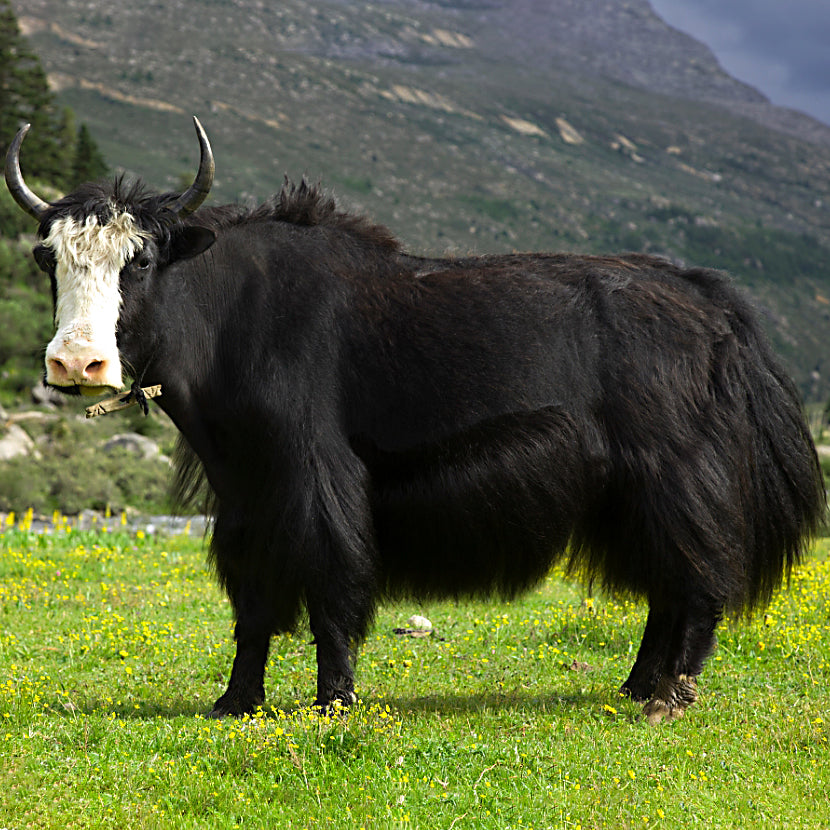
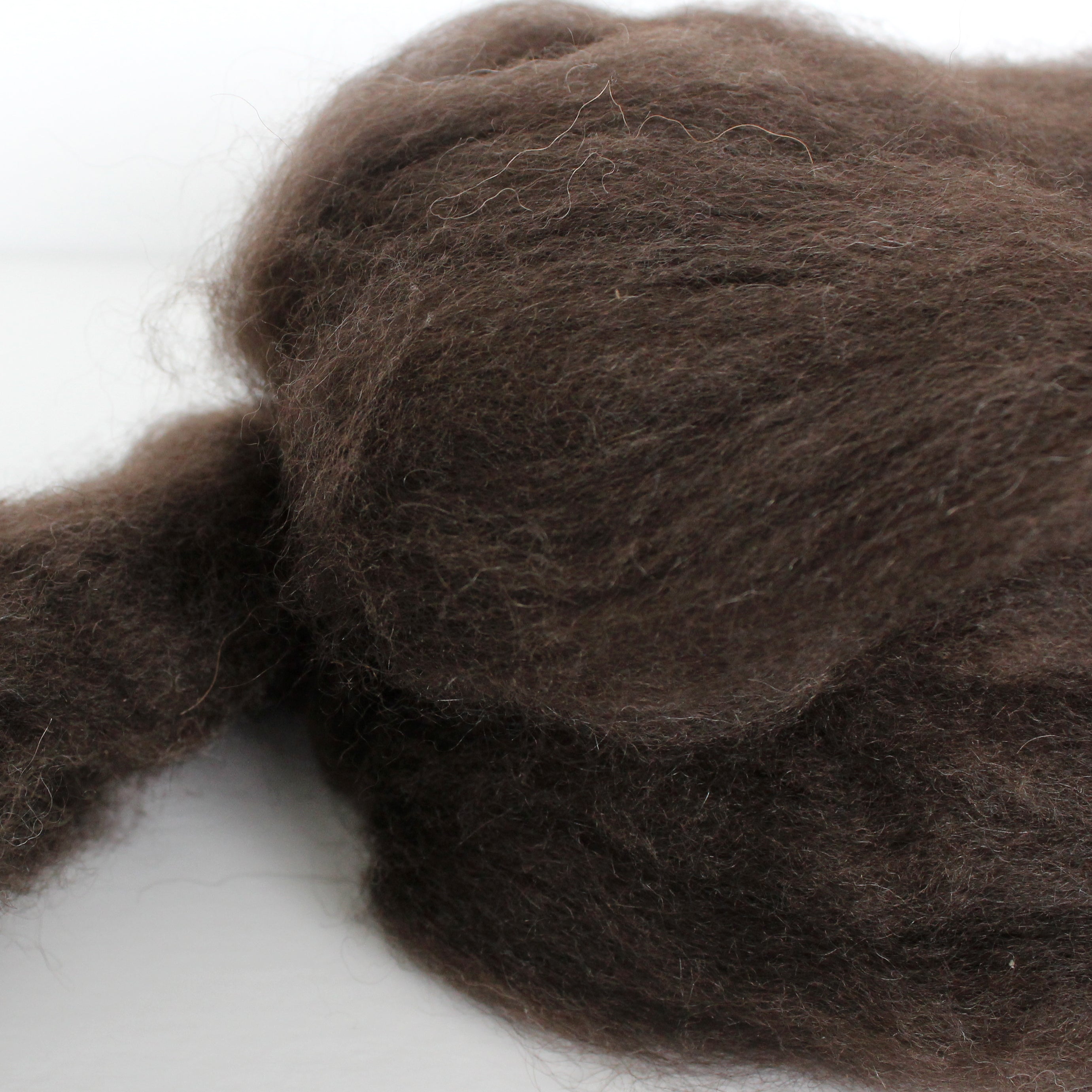
Oryctolagus cuniculus
ANGORA RABBIT
The Animal: The angora is a variety of the Old World domestic rabbit (Oryctolagus cuniculus) with a special characteristic: the active phase of hair growth is double that of normal rabbits. The angora is intensively farmed in hutches, often in semi-darkness, and its hair is removed usually every three months. An adult angora produces up to 1.5 kg of fiber per year.
The fiber: The silky white hair of the angora is a hollow fiber classed as wool. With a diameter of 14-16 microns, it is one of the silkiest animal fibers. Angora wool is very soft to the touch, thanks to the low relief of its cuticle scales. The hairs are light, absorb water well and are easily dyed. Premium wool is taken from the back and upper sides of the rabbit.
Uses: Light but warm, angora wool is used mainly in knitted clothes, such as pullovers, scarves, socks and gloves, producing a moderate "fluffing" effect.
Angora fabric is ideal for thermal clothing and for people suffering from arthritis and wool allergies.
Garments made of 100% angora wool are considered too warm and the fibres are too fine to provide density. It is therefore usually blended with other fibers, such as wool (right) to improve its processing performance, elasticity and wearability. French angora products usually contain up to 20% sheep's wool.
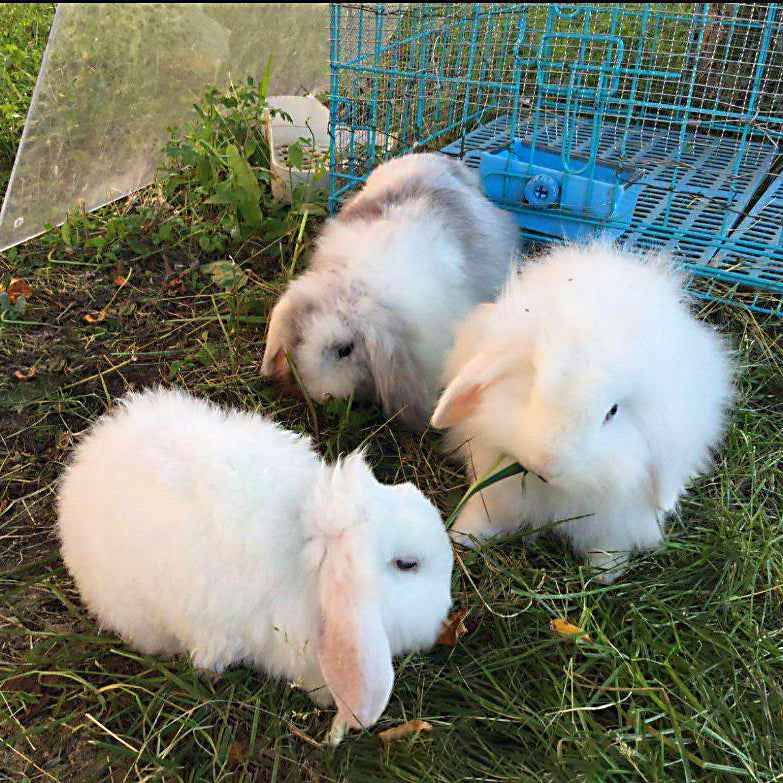

Camelus bactrianus
CAMEL
The Animal: The two-humped Bactrian camel (Camelus bactrianus) is native to the steppes of Eastern and Central Asia. The current herd size is estimated at 1.4 million animals. The camel's fine inner down is combed away, shorn or collected during the 6-8 weeks moulting season. An adult camel yields about 5 to 10 kg of fleece per year.
The fiber: The fine down fiber of the Bactrian camel averages around 20 microns in diameter and varies in length from 2.5 to 12.5 cm. Baby camel hair, which can measure as little as 16 microns (on a par with fine cashmere), is the softest and most prized. Owing to its quality and scarcity, camel hair is used in luxury textiles.
Uses: In Mongolia, camel hair is used by nomadic herders to make yurts , winter clothing and carpets.
Exported yarns are used for production of a wide range of garments - overcoats, suits, coats, blazers, jackets and sweaters - and winter accessories such as gloves, caps and scarves.
Since it is a premium fibre, camel hair is usually blended with wool to make it more economical. Nylon is sometimes used with virgin quality camel hair in hosiery and other knitted products, while camel/cashmere blends are targeted at the luxury market.

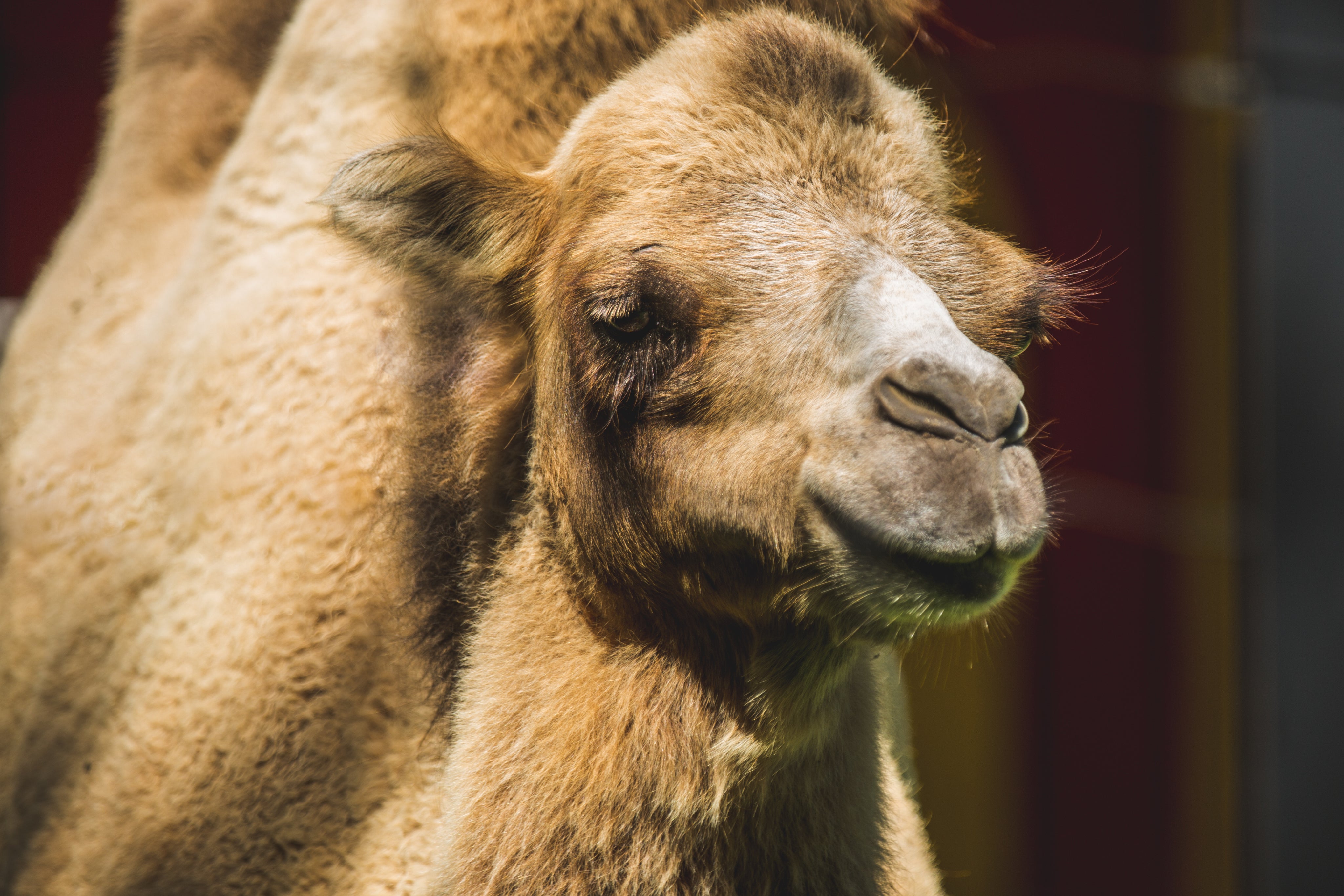

Ovis Aries
SHEEP WOOL
The Animal: Sheep (Ovis aries) were first domesticated 10 000 years ago. They currently number about 1 billion head, in 200 breeds, worldwide. Sheep are shorn of their wool usually once a year. After scouring to remove grease and dirt, wool is carded and combed, then spun into yarn for fabrics or knitted garments. Merino sheep produce up to 18 kg of greasy wool a year.
The fiber: Wool has natural crimpiness and scale patterns that make it easy to spin. Fabrics made from wool have greater bulk than other textiles, provide better insulation and are resilient, elastic and durable. Fiber diameter ranges from 16 microns in superfine merino wool (similar to cashmere) to more than 40 microns in coarse hairy wools.
Uses: Wool is a multifunctional fiber with a range of diameters that make it suitable for clothing, household fabrics and technical textiles.
Its ability to absorb and release moisture makes woollen garments comfortable as well as warm. Two thirds of wool is used in the manufacture of garments, including sweaters, dresses, coats, suits and "active sportswear". Blended with other natural or synthetic fibers, wool adds drape and crease resistance.
Slightly less than a third of wool goes into the manufacture of blankets anti-static and noise-absorbing carpets, and durable upholstery (wool's inherent resistance to flame and heat makes it one of the safest of all household textiles).
Industrial uses of wool include sheets of bonded coarse wool used for thermal and acoustic insulation in home construction, as well pads for soaking up oil spills.
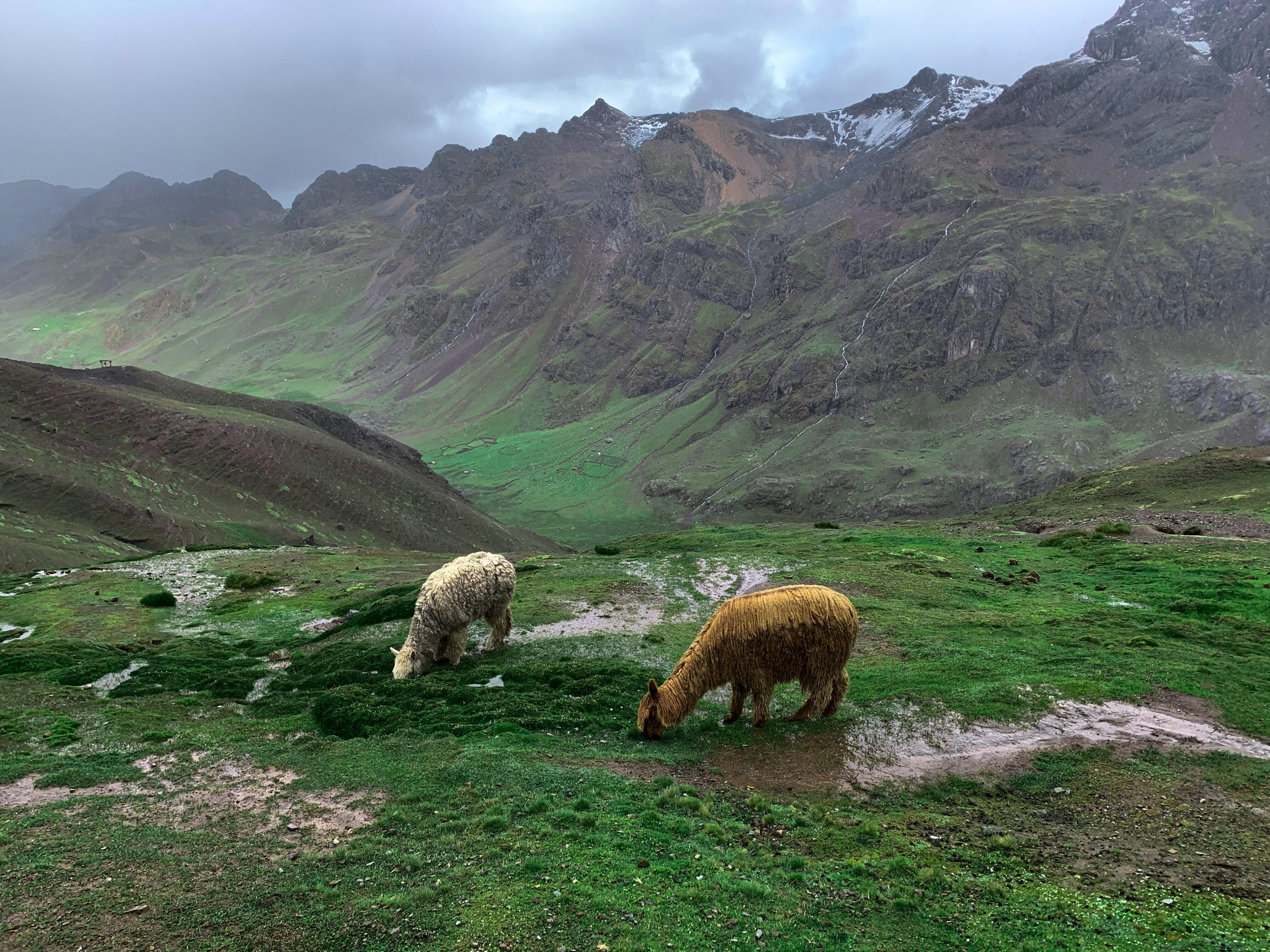
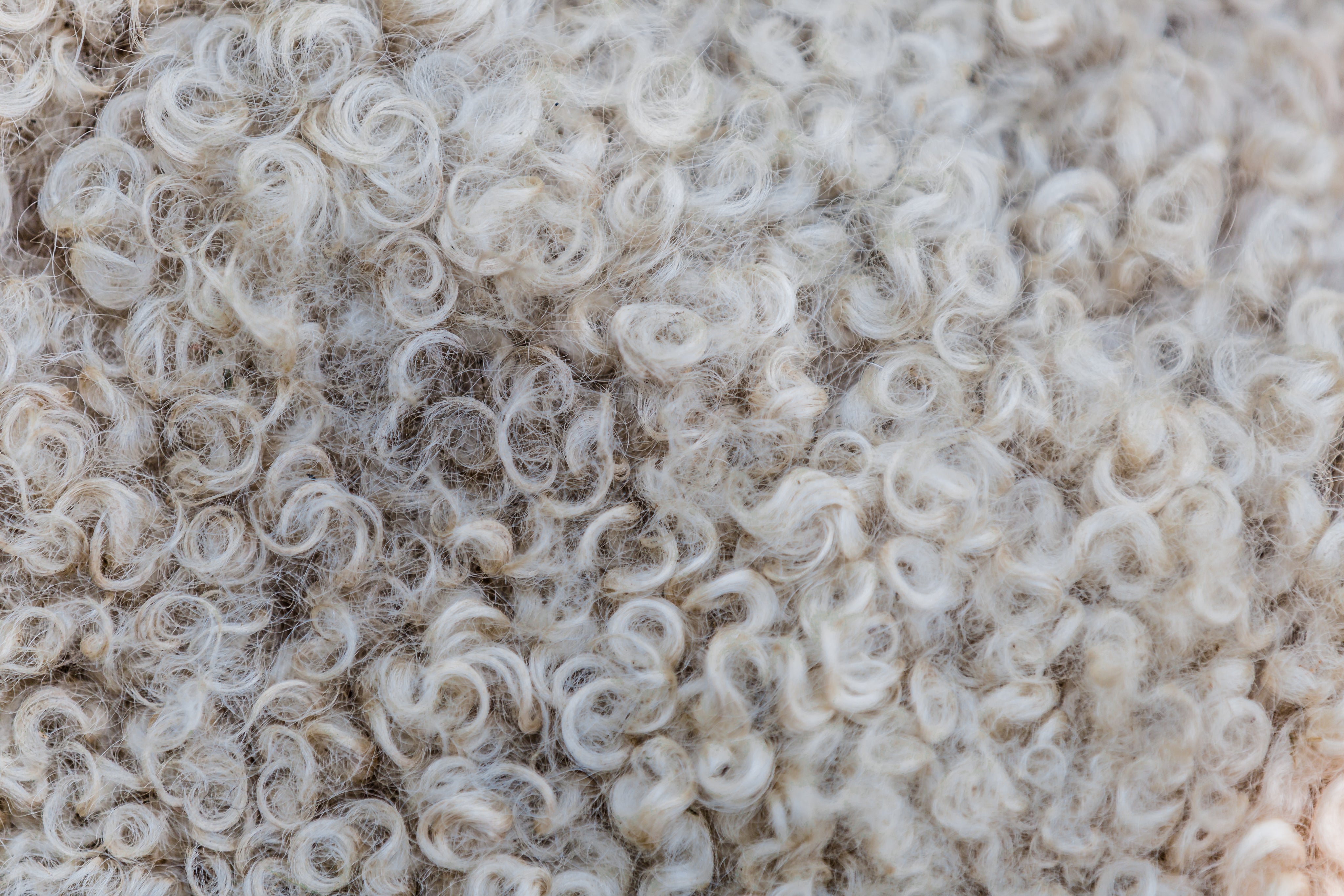

Lama Pacos
Alpaca
The Animal: A domesticated member of the South American camelid family, the alpaca (Lama pacos) numbers 3 million head worldwide. Around 80% are found in the Andes, but sizeable herds (totalling around 200 000 animals) have been established in North America, Australia and New Zealand. Shorn annually, an alpaca produces about 3 kg of fibre.
The fiber: Alpaca fiber is partly hollow, from 20 to 70 microns in diameter and comes in 22 natural colours. It is light, stronger than sheep's wool, and provides excellent insulation. Huacayo alpacas produce soft, dense, short fibers, while the fleece of the rarer suri is lustrous, silky and straight. Alpaca blends well with wool, mohair and silk.
Uses: Of the South American camelids, the alpaca is the only one whose fleece is used in any quantity for spinning yarns for fashion applications.
The primary end use is knitwear, but it is also woven into cloth for clothing, accessories - such as shawls and stoles - and rugs. The premium alpaca fibre is cria, shorn from young animals and considered lighter, warmer and softer than cashmere.
To widen use of alpaca fiber, some textile manufacturers blend it with wool, cotton and silk for both knitwear and woven cloth. There is also a growing market for outdoor sports clothing made from alpaca thanks to its lighter weight and better insulation during cold weather.
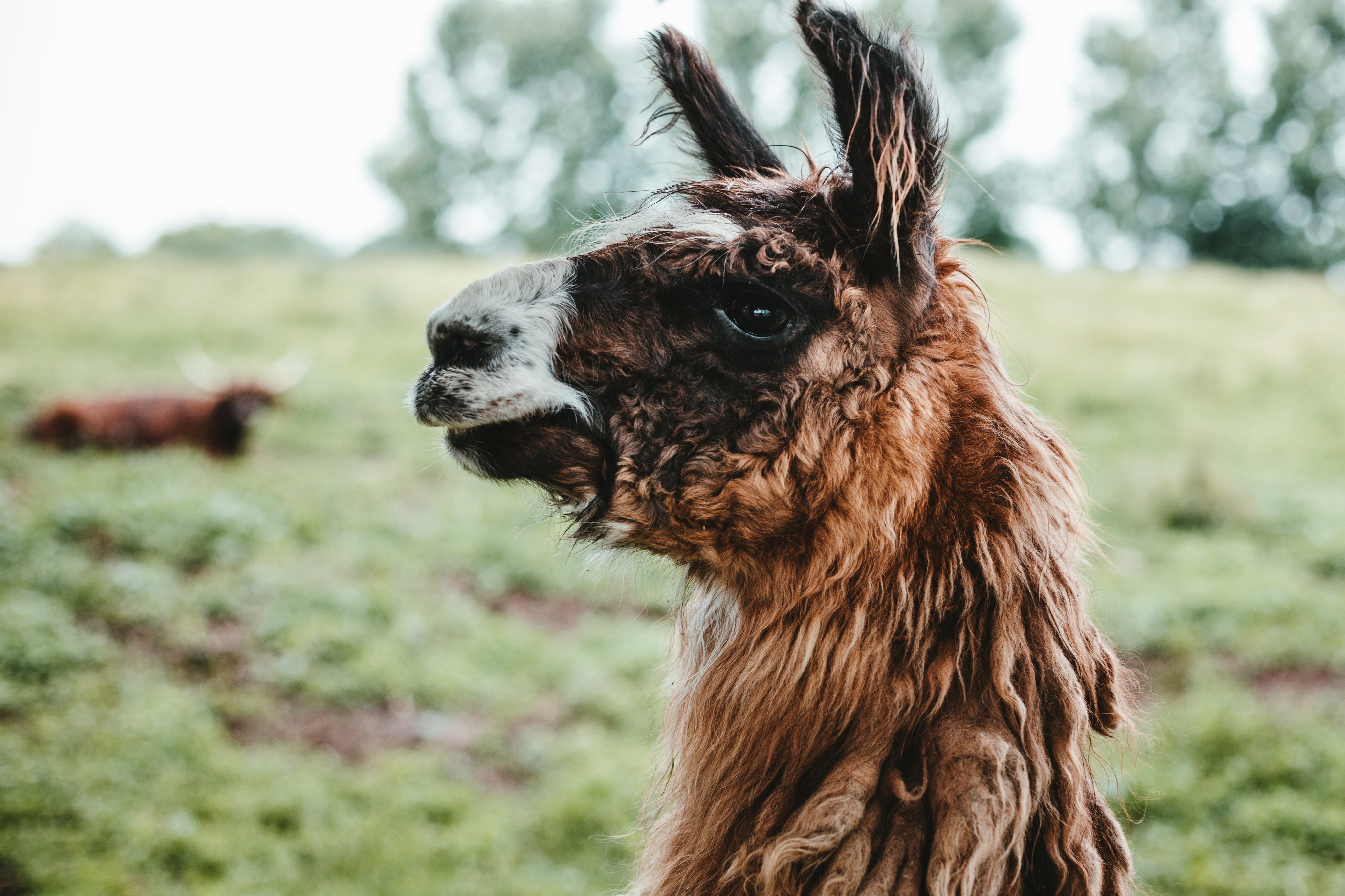

Bombyx Mori
SILK
The Animal: Silk is produced by the silkworm, Bombyx mori. Fed on mulberry leaves, it produces liquid silk that hardens into filaments to form its cocoon. The larva is then killed, and heat is used to soften the hardened filaments so they can be unwound. Single filaments are combined with a slight twist into one strand, a process known as filature or "silk reeling".
The fibe: A silk filament is a continuous thread of great tensile strength measuring from 500 to 1 500 metres in length, with a diameter of 10-13 microns. In woven silk, the fibre's triangular structure acts as a prism that refracts light, giving silk cloth its highly prized "natural shimmer". It has good absorbency, low conductivity and dyes easily.
Producers: Silk is produced in more than 20 countries. While the major producers are in Asia, sericulture industries have been established in Brazil, Bulgaria, Egypt and Madagascar. Sericulture is labour-intensive. About 1 million workers are employed in the silk sector in China. Sericulture provides income for 700 000 households in India, and 20 000 weaving families in Thailand.
Uses: Silk's natural beauty and other properties - such as comfort in warm weather and warmth during colder months - have made it sought after for use in high-fashion clothes, lingerie and underwear.
It is used in sewing thread for high quality articles, particularly silk apparel, and in a range of household textiles, including upholstery, wall coverings and rugs and carpets.
It is also being used as surgical sutures - silk does not cause inflammatory reactions and is absorbed or degraded after wounds heal. Other promising medical uses are as biodegradable microtubes for repair of blood vessels, and as moulded inserts for bone, cartilege and teeth reconstruction.
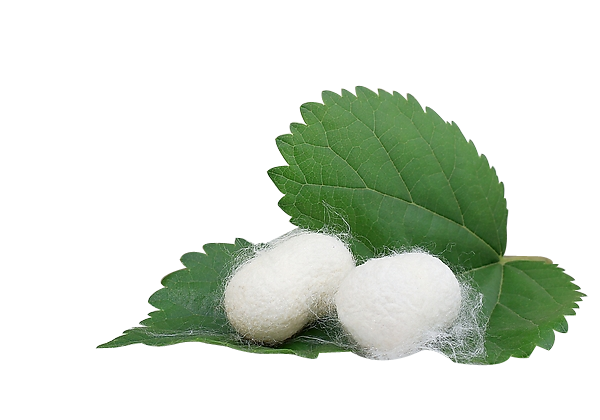
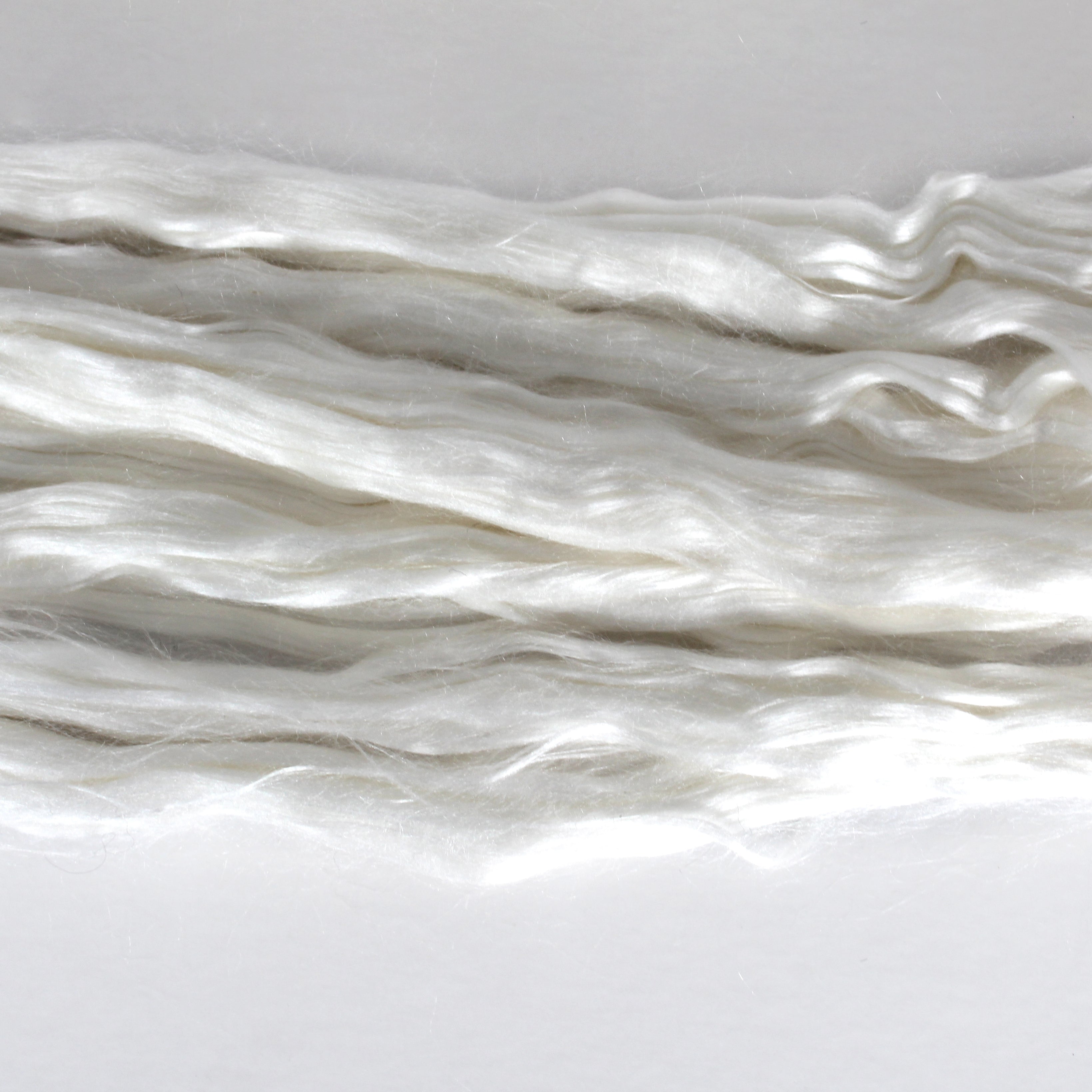
Mukhayyar
MOHAIR
The Animal: "Mohair" is derived from Arabic (mukhayyar, a goat's hair cloth). The goat in question, the Angora (Capra hircus) is thought to have originated in Tibet. Turkey was the centre of mohair textile production before the goat was introduced, during the 19th century, to southern Africa and the USA. Angora goats are shorn twice a year and yield from 3 to 5 kg of mohair.
The fiber: Mohair's diameter ranges from 23 microns at first shearing to 38 microns in older animals. Light and insulating, its tensile strength is significantly higher than that of merino wool. Like wool, mohair has surface scales, but they are thinner, making it smooth to the touch. Light reflected from the surface gives mohair a characteristic lustre.
Uses: Mohair dyes exceptionally well and is moisture-absorbing, resilient, and flame- and crease-resistant. It is used mainly in yarn for knitting and crocheting, and in fabric for stoles, scarves and durable upholstery.
Fine hair from younger animals is used in clothing, while thicker hair from older animals goes into rugs and carpets and heavy fabrics for jackets and coats. Mohair is often blended with wool to make top quality blankets. Weavers in Italy and Japan use mohair in blends as low as 20% to add crease resistance and lustre to luxury garments.

